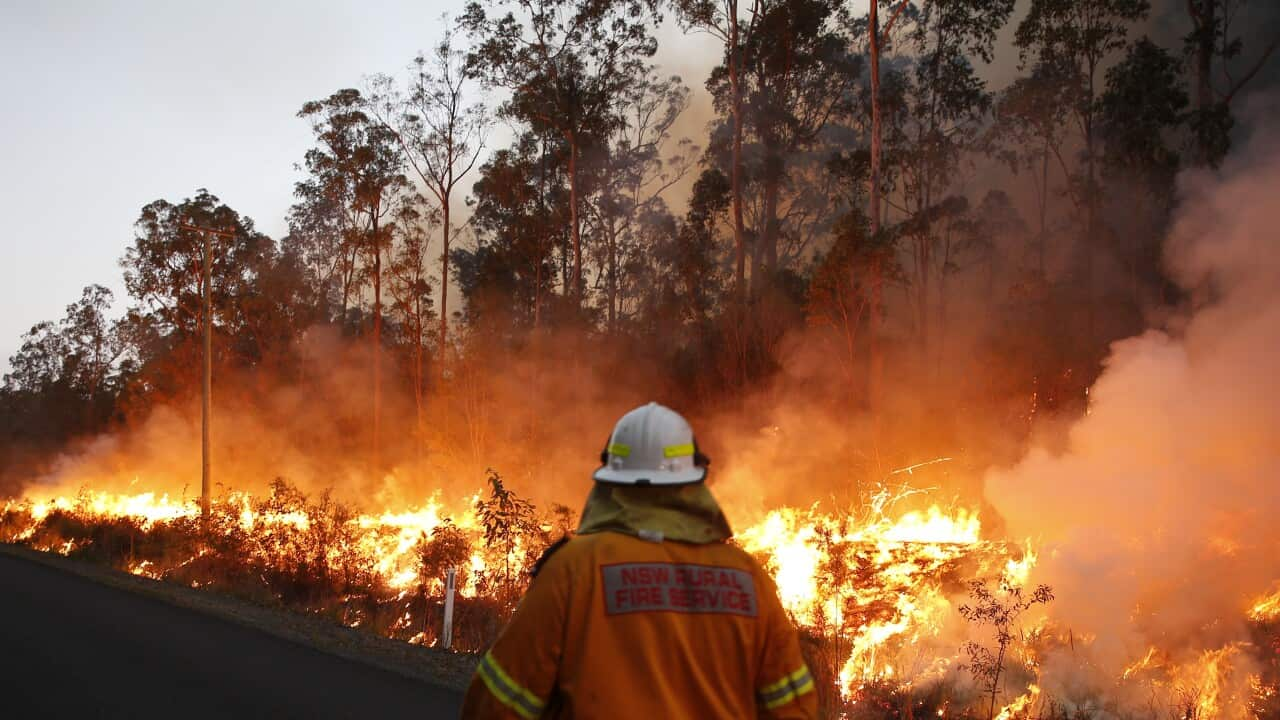The Significance of Bushfire Management in Fire Security
In the world of fire defense, the value of effective bushfire administration can not be understated. As areas around the world grapple with increasing circumstances of wildfires, the proactive technique to stopping and minimizing these natural disasters through critical bushfire monitoring methods has arised as a vital component. Beyond the immediate hazard to human life and building, the interplay in between bushfire management and ecological conservation, area involvement, and climate modification poses complicated obstacles that need extensive remedies.
Relevance of Proactive Bushfire Avoidance
Aggressive bushfire avoidance approaches are important in mitigating the ravaging effects of wildfires on ecosystems and areas. One crucial aspect of proactive bushfire avoidance is fuel monitoring.
Enlightening the public on fire security practices and advertising area recognition about the importance of bushfire avoidance are crucial parts of proactive approaches. Ultimately, positive bushfire avoidance plays a considerable function in guarding areas and environments from the damaging influences of wildfires.
Duty of Area Engagement in Fire Protection
Involving the area in fire defense initiatives is indispensable to boosting the effectiveness of proactive bushfire avoidance methods. Area involvement plays a critical role in cultivating a cumulative understanding of the risks posed by bushfires and the value of preparedness measures. By involving local homeowners, authorities can disseminate essential information on fire security methods, emptying treatments, and very early caution systems, empowering individuals to take proactive actions to secure their residential properties and lives.
By cultivating a society of preparedness and collaboration, neighborhoods can strengthen their capability to respond properly to bushfire emergency situations, minimizing the impact on lives and homes. Ultimately, neighborhood involvement is a keystone of detailed fire defense strategies, emphasizing the value of cumulative action in protecting vulnerable locations from the risk of bushfires.
Relevance of Wildlife Conservation in Bushfire Monitoring
Conservation of wildlife plays a critical duty in reliable bushfire administration methods, making sure the defense of varied ecosystems and biodiversity in fire-prone regions. Wildlife conservation is important as it adds to the general durability of ecosystems, aiding in their capability to recover and endure from the impact of bushfires. By saving environments and shielding different types, the all-natural balance within these environments is kept, which is essential for their long-term wellness and sustainability.
Moreover, wildlife conservation likewise helps in reducing the risk and strength of bushfires. Healthy and balanced ecological communities with unspoiled wild animals populations can serve as natural firebreaks, decreasing the spread of fires and restricting their harmful possibility (BAL Assessment). Specific animal varieties, like delving animals or birds that spread seeds, play distinct roles in assisting or protecting against fires in the post-fire regrowth of environments
Including wildlife conservation into bushfire administration techniques is not just necessary for protecting biodiversity yet also for advertising the total health and strength of ecological communities in the face of enhancing fire dangers.
Advantages of Strategic Gas Reduction Programs
Strategically implementing fuel reduction programs is vital in minimizing the risk and influence of bushfires in fire-prone areas. These programs involve controlled burning, mechanical clearing, and various other techniques to minimize the amount of flammable plant life available to sustain wildfires. By BAL Assessment strategically minimizing fuel lots in vital locations, such as close to property neighborhoods or important facilities, the intensity and spread of bushfires can be dramatically decreased.
Among the main advantages of gas decrease programs is the enhancement of total fire durability in a community. By developing critical gas breaks and lowering the connection of vegetation, these programs assist to interrupt the path of a bushfire, making it less complicated for firemans to extinguish the blaze and have. In addition, fuel reduction programs can protect biodiversity by avoiding excessively intense fires that can ravage environments and intimidate wildlife populaces.
Additionally, these programs can also protect human lives and residential or commercial property by reducing the risk of tragic fires that present a significant danger to areas. Eventually, critical gas reduction programs play a crucial duty in aggressive bushfire administration and cultivating a safer environment for both people and nature.
Effect of Environment Modification on Bushfire Danger

Greater temperatures lead to drier vegetation, making it much more at risk to ignition. Minimized rains in specific areas lengthens drought problems, further increasing the flammability of the landscape. Furthermore, the changing climate has actually altered wind patterns and climatic conditions, leading to more unpredictable fire actions and rapid fire spread.
As the climate proceeds to transform, the regularity and intensity of bushfires are expected to increase, requiring a adaptive and aggressive approach to bushfire administration. Strategies need to advance to represent the transforming danger landscape, including environment estimates and thinking about lasting resilience in fire management planning. Addressing the influence of climate change on bushfire danger is important in creating reliable strategies to safeguard lives, residential property, and the setting.
Conclusion
To conclude, proactive bushfire prevention, area involvement, wild animals preservation, tactical gas decrease programs, and factor to consider of environment adjustment are vital elements in reliable fire protection. By executing these methods, we can better handle bushfire dangers and safeguard both human lives and the atmosphere. BMP. It is essential that stakeholders interact to prioritize these actions to minimize the destructive effect of bushfires on ecological communities and areas

As the environment proceeds to alter, the frequency and strength of bushfires are anticipated to increase, demanding a aggressive and flexible approach to bushfire monitoring.In verdict, positive bushfire prevention, community involvement, wild animals preservation, strategic gas decrease programs, and consideration of environment modification are critical elements in effective fire defense.
Comments on “Bushfire Risk Assessment Demystified: Just How to Translate and Act on Your Results”